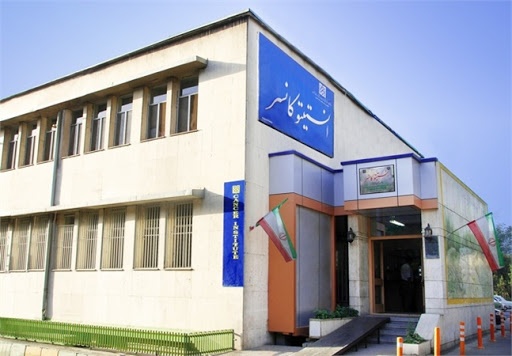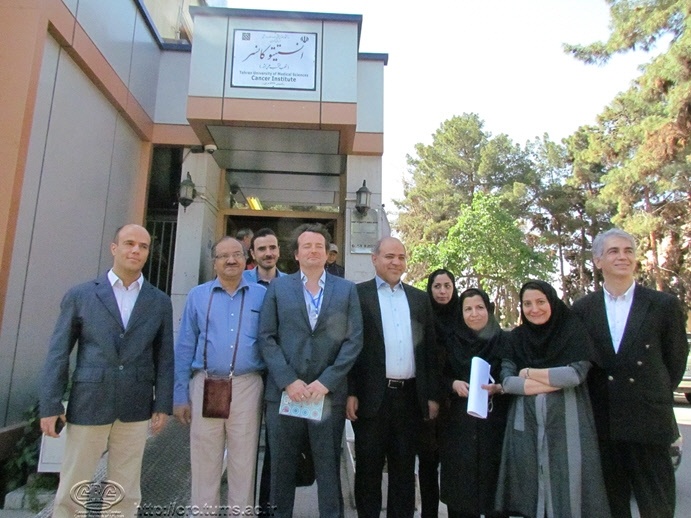Annually about 10,000 cancer patients receive inpatient and outpatient care in different departments of the cancer institute of Iran.
The CI consists of 14 departments such as surgical oncology, medical oncology, radiotherapy, cancer research, radiology, pathology, genetic counseling, specialized laboratory, rehabilitation, and palliative care.
The surgery unit of the Cancer Institute currently consists of three departments, 4 inpatient wards, and 7 active operation rooms.
Several multidisciplinary tumor boards, including general, head and neck, gastroenterology, breast and sarcoma tumor boards discuss the complicated patients and make decision about the best treatment options for the presented patients.
In terms of education, cancer institute of Iran provides residency and fellowship programs, including pathology, radiation oncology, medical oncology, cancer surgery and palliative care. In addition, nurses, radiotherapy technicians and biophysicists spend some of their training courses in the cancer institute of Iran.



